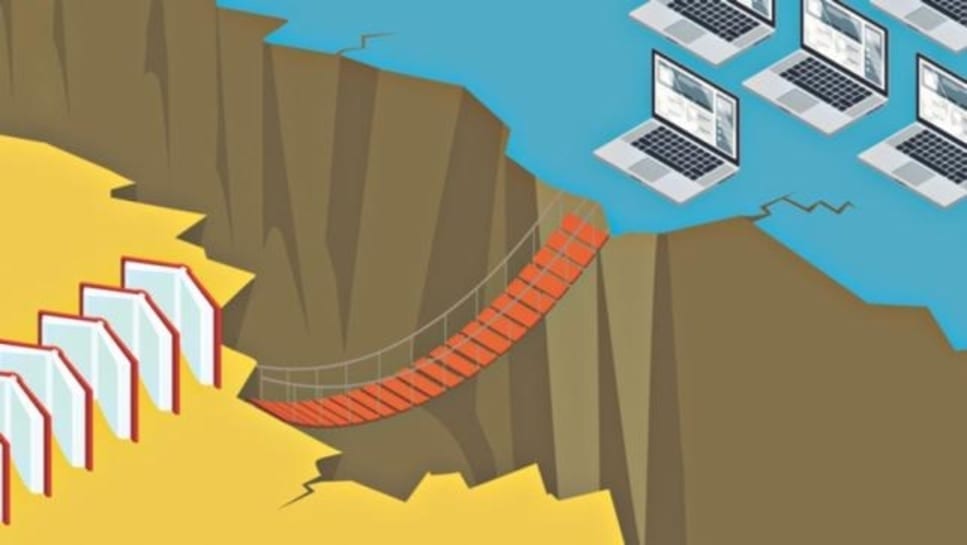Education Law Center, which litigated the Abbott v. Burke cases, issued this statement late yesterday, informing Gov. Murphy and the State Legislature that New Jersey students’ lack of internet access and one-on-one devices necessary to access remote learning (one in five students, at last count) is a violation of their constitutional right to a “thorough and efficient” education.
August 27, 2020
The State of New Jersey’s continuing failure to eliminate the digital divide for an estimated 230,000 public school students violates their right to a thorough and efficient education guaranteed under the State Constitution.
In an August 27 letter to Governor Phil Murphy, the Attorney General and legislative leaders, Education Law Center is calling for the State to take immediate steps to provide the internet connectivity, devices and other resources now essential for students to receive instruction through remote, digital means during the COVID-19 pandemic.
“The technology for remote learning – sufficient, reliable internet connectivity, computer devices, and other supports – are no longer supplementary to the delivery of a thorough and efficient education,” said David Sciarra, ELC Executive Director. “These technology resources are now an essential element of a public education, and the State is constitutionally obligated to make certain the requisite tools are provided to all students.”
In the letter to State officials, ELC underscores the absence of public data from the New Jersey Department of Education (NJDOE) on the location, scope and causes of the digital divide, including the number of students unable to receive instruction online and the specific resource deficits impeding remote learning, such as no internet access, computer devices, or other supports needed to effectively deliver education to students at home.
ELC also notes that while the NJDOE recognizes that remote learning is essential to educate students in the pandemic, it has done little more than issue guidance urging districts to “strive” to make “best efforts” in providing technology for remote instruction to students lacking such access.
The NJDOE has asked districts to “plan” to provide computers and internet connectivity to students in need but has left it to districts to do so without necessary resources, critical supports and adequate funding. The NJDOE response also relies on the ability of families to pay for private internet service when this technology is essential for students to have access to education.
In addition to requesting that the NJDOE publish relevant data to pinpoint the digital divide, ELC is seeking immediate action by the Department and relevant state agencies, including:
- Launching a statewide program of cooperative purchasing of computer devices to end the current “free for all” with districts competing with each other for contracts with computer manufacturers and vendors;
- Requiring internet providers to submit a plan to connect all students at no cost to those in need, including a “bulk rate” for services to be purchased by the State at substantially reduced cost, and establish community hot-spots where students can access instruction online in a safe environment; and
- Assessing district needs for software, professional development for teachers, and other supports required for stable and continuous remote learning for students, while collaborating with higher education, vendors and other service providers to target training and supports where needed.
“There is no doubt that the State’s constitutional obligation to provide all students a through and efficient education is absolute,” said Mr. Sciarra. “In the pandemic and for the foreseeable future, remote learning is a central feature of our public education system. The State cannot simply pass off to districts the responsibility to provide resources essential to education, including internet connectivity and computers so students can continue their education at home.”



